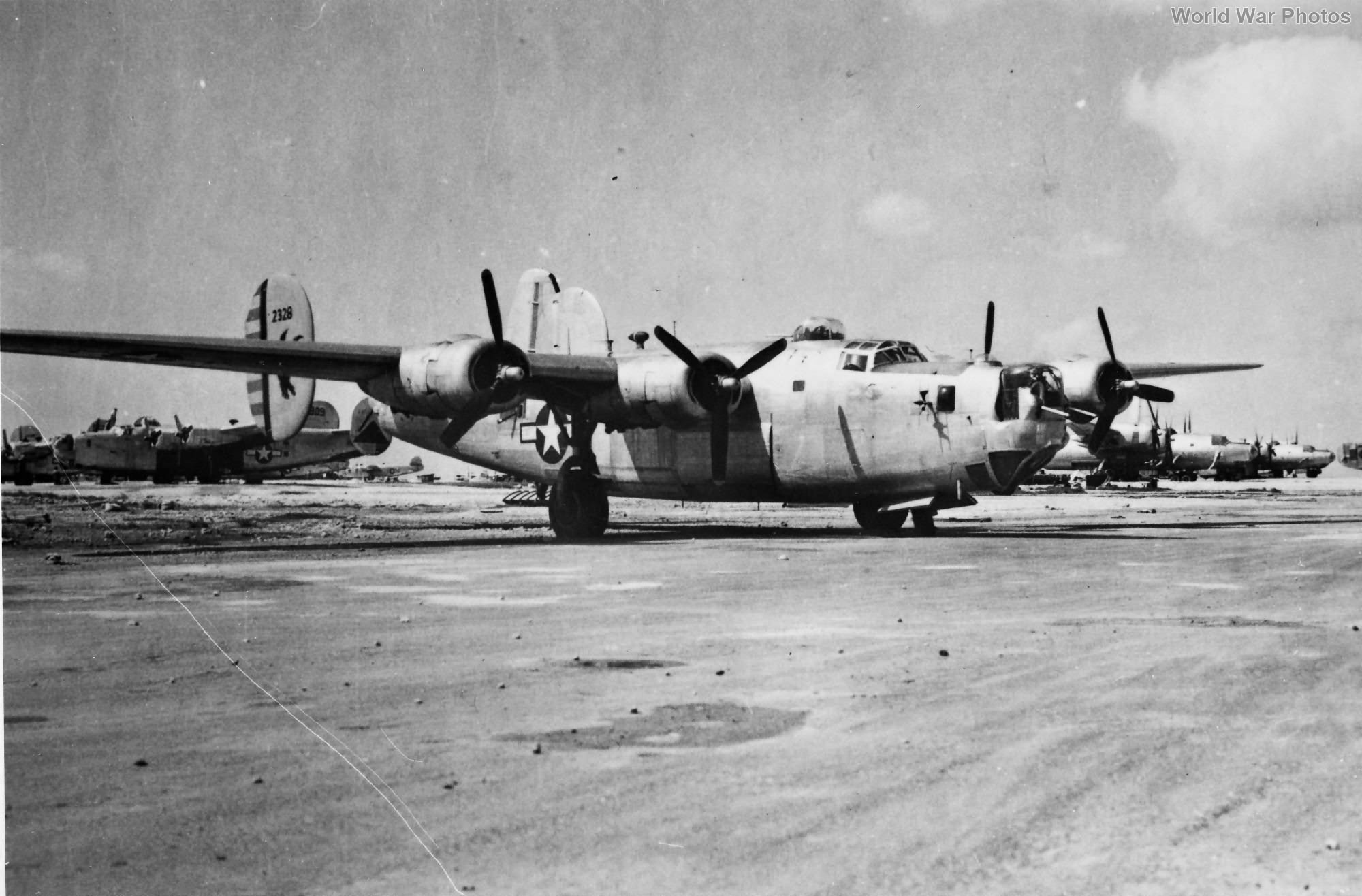The F-7A’s shortcomings were rectified with the introduction of the F-7B in July 1944. This variant relocated the three cameras originally positioned in the aircraft’s nose to the rear of the camera compartment, optimizing camera equipment placement. A total of 124 F-7Bs were produced, primarily converted from B-24Js, with a few originating from B-24Ms.
Standard bombing apparatus, including bomb racks, was removed from the Liberator base model to create the conventional F-7B. The elimination of nose cameras was necessary to prevent potential damage from the navigator. To extend the aircraft’s range, fuel tanks were integrated into the forward bomb bay. The rear bomb bay was sealed and equipped to accommodate five or six cameras. The crew compartment was elevated to facilitate camera operation, and multiple windows fitted with specialized protective glass were installed. The aircraft’s interior was furnished with padding to enhance comfort during lengthy missions. Distinctive features of the F-7B included oblique camera windows near the aft bomb bay doors on both sides of the aircraft, in contrast to the absence of nose-mounted camera windows.
Production of the F-7B concluded in 1945 after the completion of four specialized F-7B/H2X models by Northwest Airlines and 36 standard F-7Bs by Consolidated. The AN/APS-15, a 3cm X-band radar system, replaced the ball turret, housing a retractable H2X scanning antenna. Designed as a navigational aid for cloud-based bombing, the F-7B’s H2X radar generated ground imagery on its screen. To assist bomber crews, a radar repeater screen was integrated into the camera bay and photographed using a K-24 camera. While the F-7B/H2X was capable of radar-assisted photography, the majority of its missions involved traditional aerial photography with an assigned H2X operator.
